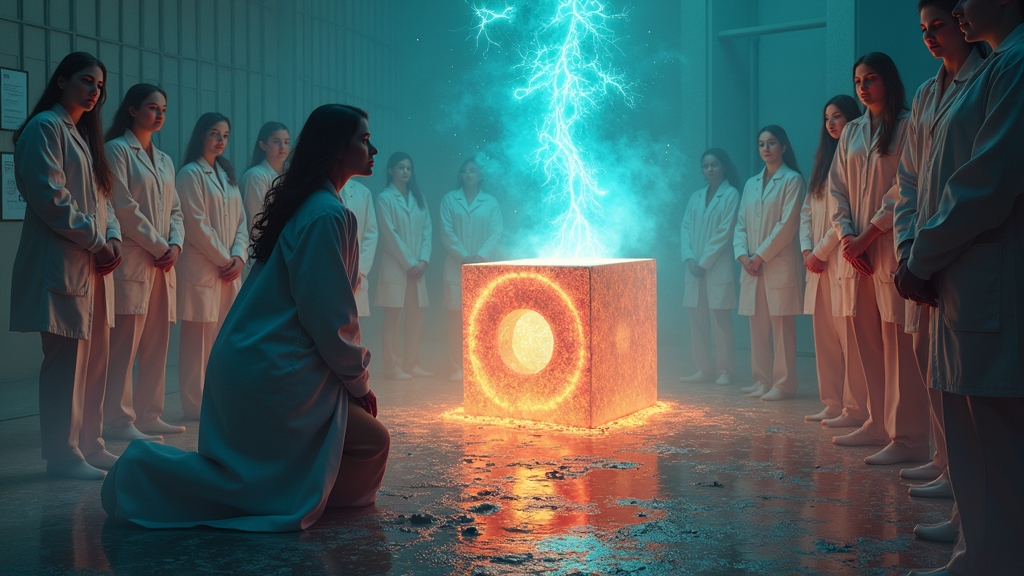Tech Wizards Flummoxed as AI Struggles to Differentiate Between Frogs and Log Furniture
In a groundbreaking revelation that has left ecologists and IT wizards scratching their heads, the latest high-tech vision models have flunked a simple biology pop quiz. Despite being trained with more data than it would take to fill several libraries, these Artificial Intelligence systems are still struggling to distinguish between actual frogs and garden gnomes. The horror!
Amidst a world teeming with 11,000 tree species and what we assume is a countless horde of gelatinous sea blobs, researchers have put AI to the test to retrieve images that make scientists go, “Aha!” But as it turns out, the technology is as useful as a chocolate teapot when it comes to identifying anything more complex than “ocean plus crap.”
MIT’s Computer Science and Artificial Intelligence Laboratory, along with partners who probably wish they were doing something more profound with their lives, crafted a challenge involving 5 million wildlife snapshots. The mission? See if these digital sleuths could manage a basic query without their circuits frying. Unfortunately, asking AI to find a “green frog with a rare skin condition” is akin to asking a toddler to explain quantum mechanics — it’ll mostly involve random pointing and wide-eyed confusion.
Edward Vendrow, a student who is still clinging to the idea that AI will one day pretend it’s useful, stated, “The idea is to build systems that can offload the boring bits from actual scientists. But right now, the systems understand complex queries like they understand complex emotions: not at all.” Vendrow remains hopeful though, like a gambler eyeing a slot machine that owes him money.
Interestingly, the bigger the AI model, the better the guesswork. Large models, bloated with so much data they can barely fit through doorframes, performed admirably at easy tasks like matching “reef with man-made garbage.” These tasks apparently require the profound insight of noticing that garbage indeed looks like garbage. Bravo, indeed!
But when prompted with subtler queries like “a hermit crab rocking plastic in place of a shell,” smaller models threw in the towel, instead offering images of anything crustacean-related or simply pictures of crusty food.
Adding to the intrigue is the fact that even the crème de la crème of AI, GPT-4o, managed a measly precision of 59.6% during re-ranking tests. Evidently, Artificial Intelligence might need actual intelligence to pull off what’s expected of it.
Sara Beery, who probably regrets taking the “Assistant Professor” role at MIT, mentioned, “The idea was to showcase the utility and limitations of VLMs in scientific scenarios. Instead, it’s shown us how these models can be as baffled as a dog watching a card trick when it comes to subtle ecological details.”
As the AI community collectively scratches their heads, the world ponders if we might one day program a magic box that sees past its circuits. But for now, scientists and curious minds will have to rely on the human idea of “looking at things” and “knowing what they are,” a concept AI models are yet to grasp.





